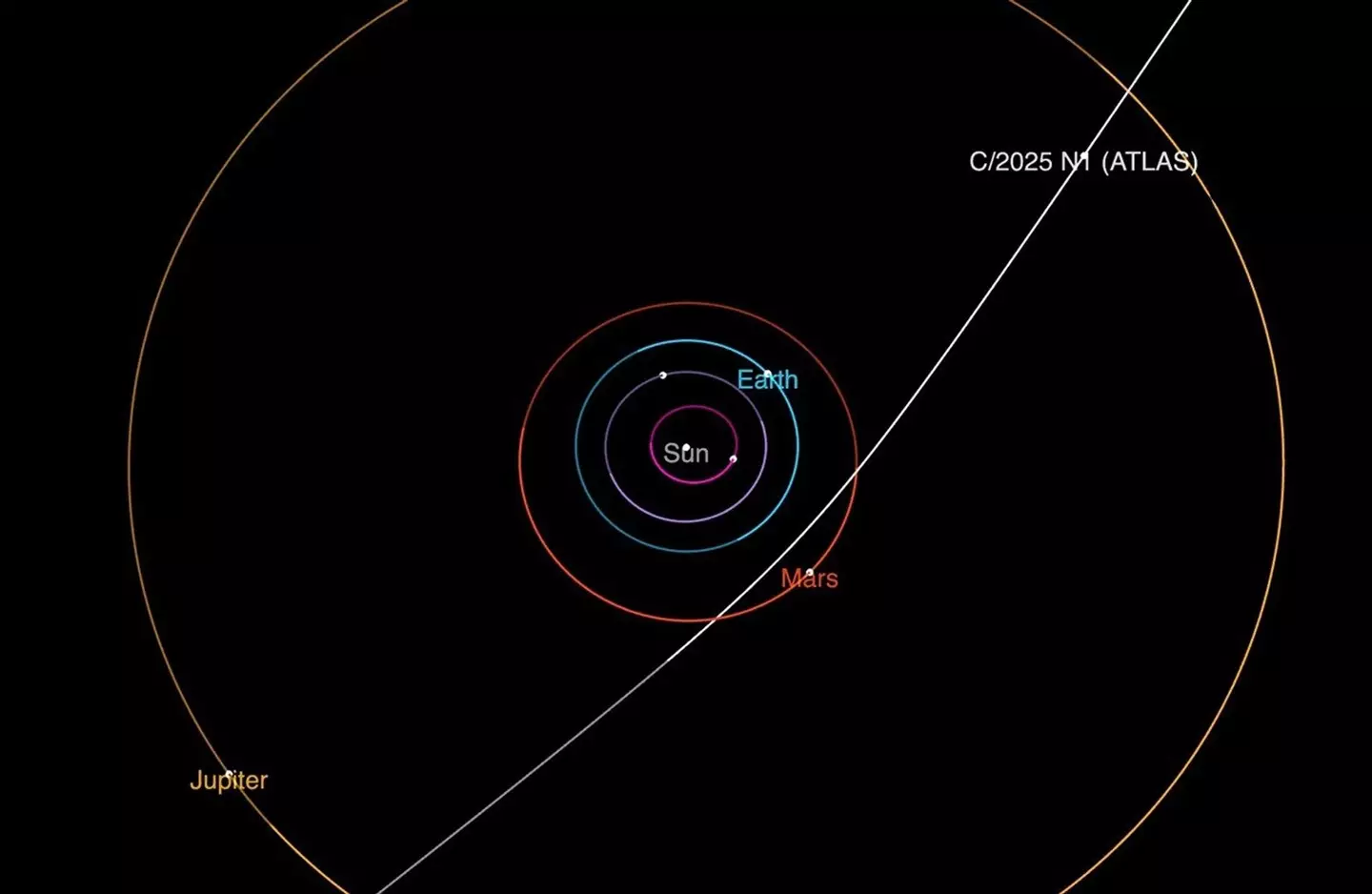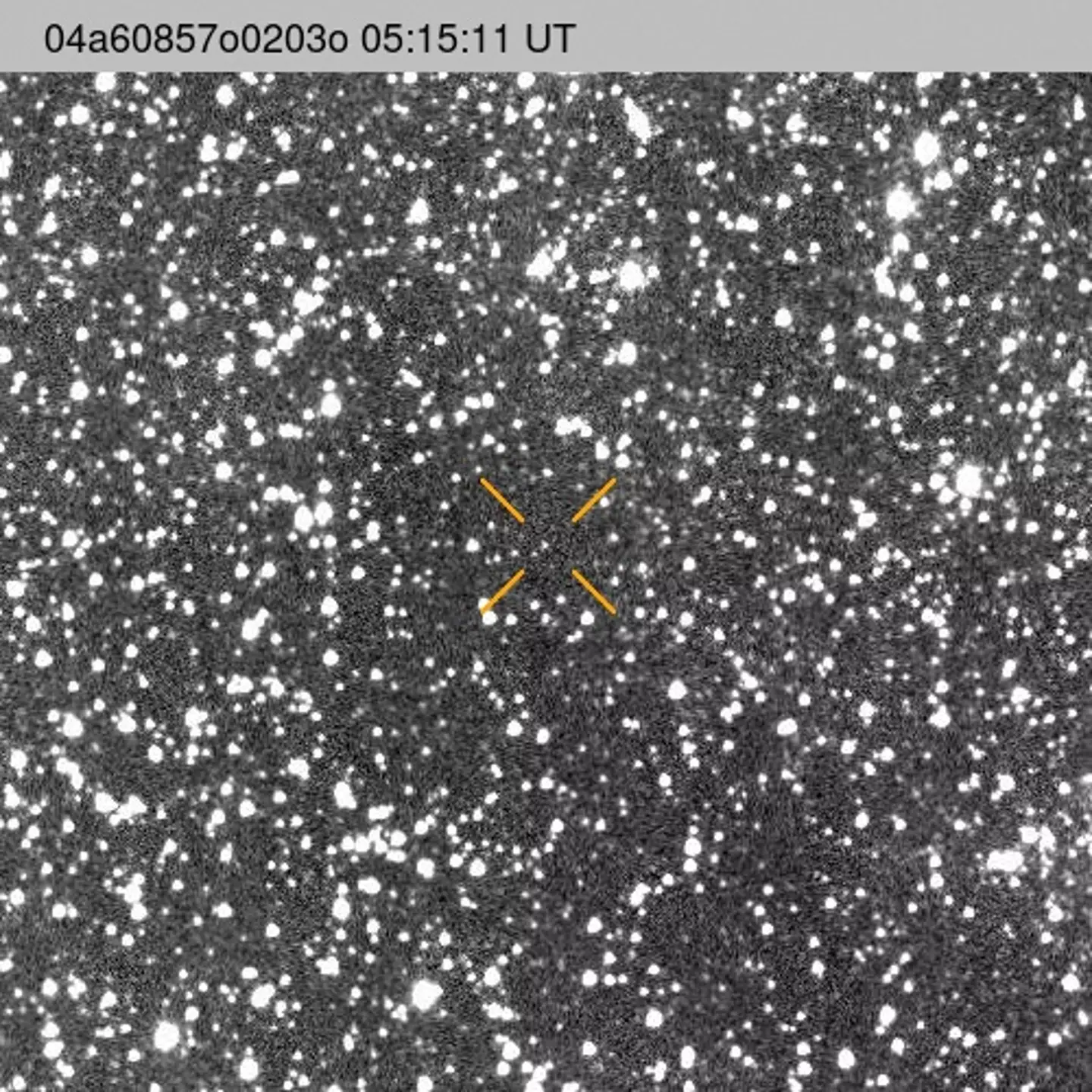Mystery Deepens: Scientists Uncover Surprising Destination of ‘Alien Object’ Skimming Past Earth
Ever wondered what it’d be like to have an interstellar visitor cruise through our backyard at an eye-watering speed of 130,000 mph? Well, that’s exactly what’s happening with 3I/ATLAS—a rare cosmic out-of-towner from way beyond our little Milky Way neighborhood. Some folks, including a Harvard scientist, have even raised eyebrows by calling it a potential “alien threat,” but NASA’s taking the high road, calling it a comet wrapped in a frosty icy shell and a glowing cloud of gas and dust. Here’s the twist: it’s gonna zip past Mars and Earth without so much as a cosmic scratch, no deflection system needed, thank goodness! It’s one heck of a near miss in the vastness of space—sorta like your in-laws deciding to swing by, but taking a nice, wide detour. So, as this mysterious space rock makes its leisurely exit past Jupiter and beyond, I say—keep your eyes peeled, and hey, don’t forget to wave.
Scientists have been plotting the path of an interstellar object moving through our solar system, as it has come as close as it will get to potentially striking one of the planets.
Earlier this year, the interstellar object 3I/ATLAS was spotted moving through the solar system, and it’s an incredibly rare occurrence for something from outside our little corner of the Milky Way to be in this neighbourhood.
There’s one Harvard scientist who has warned it could be an ‘alien threat’, but NASA experts reckon it’s a comet with an icy nucleus and a bright cloud of gas and dust around it.
It is travelling at speeds of around 130,000mph, so if it really is aliens, then they’re going awfully fast, but the most likely answer is that this is a comet which happens to be heading through our solar system.
Fortunately, it’s going to go past us rather than into us, so we don’t need to worry about deploying our deflection systems used to prevent humanity from going the way of the dinosaurs.

The interstellar object will pass by Mars and then Earth as it moves through our Solar System (NASA/JPL-Caltech)
According to NASA, today (3 October) is actually the day when it’s going to come ‘closest’ to Mars, though closest in this case is still 18.6 million miles, which is a really long way.
However, in the grand cosmic scheme of things, it’s actually a nail-bitingly near miss, but thankfully, it seems as though 3I/ATLAS will pass through without incident.
Probes and spacecraft we have around the red planet will be hoping for a good look at the interstellar object during this period before 3I/ATLAS heads off to Jupiter.
Pretty soon, we won’t be able to see it as it gets too close to the Sun, getting within 130 million miles of the centrepiece of our solar system around 30 October.
By comparison, it’ll only come within 170 million miles of Earth as it passes by us at the closest distance on 19 December at the end of this year, so it’ll pass by Earth but is going to miss us by a seriously wide margin.

3I/ATLAS was discovered on 1 July 2025 (ATLAS/University of Hawaii/NASA)
Scientists have been able to plot the path of this interstellar object as it continues on its way. Eventually, it’ll head out of our solar system.
After that, it’s someone else’s problem, assuming there’s anyone else in the universe besides us, as this chunk of interstellar rock from some other part of our galaxy is here for a good time rather than a long time.
Once it clears the Sun and gets as near as it’s going to get, then we’ll be able to have another good look at the interstellar object.
By March of next year, the experts predict it’ll move past Jupiter and then continue on its merry way out of our solar system.
Be sure to wave.




















Post Comment